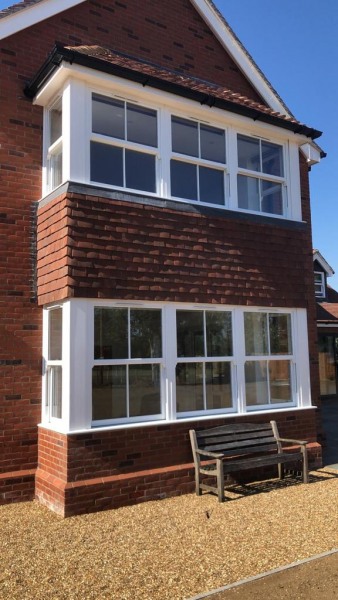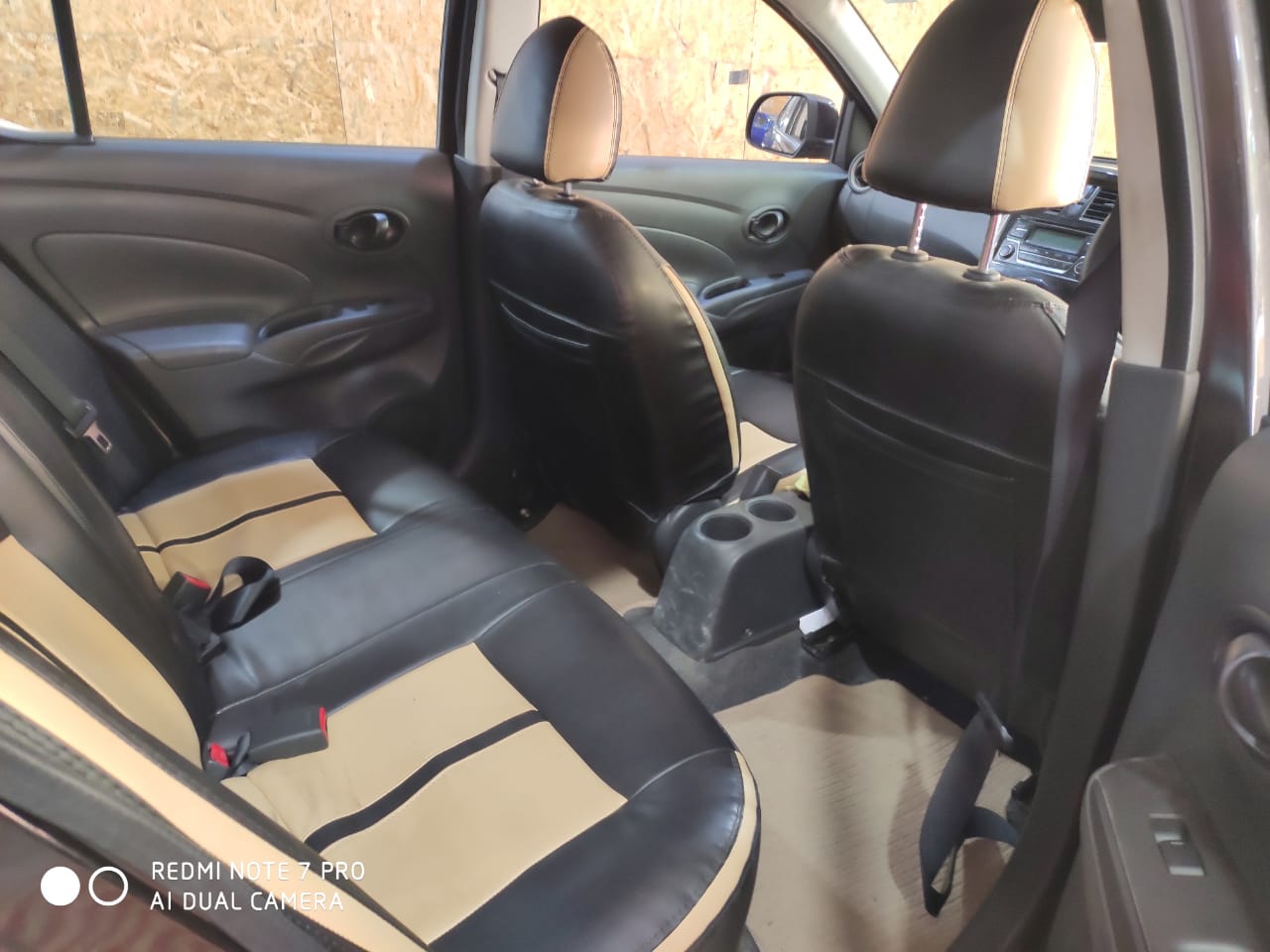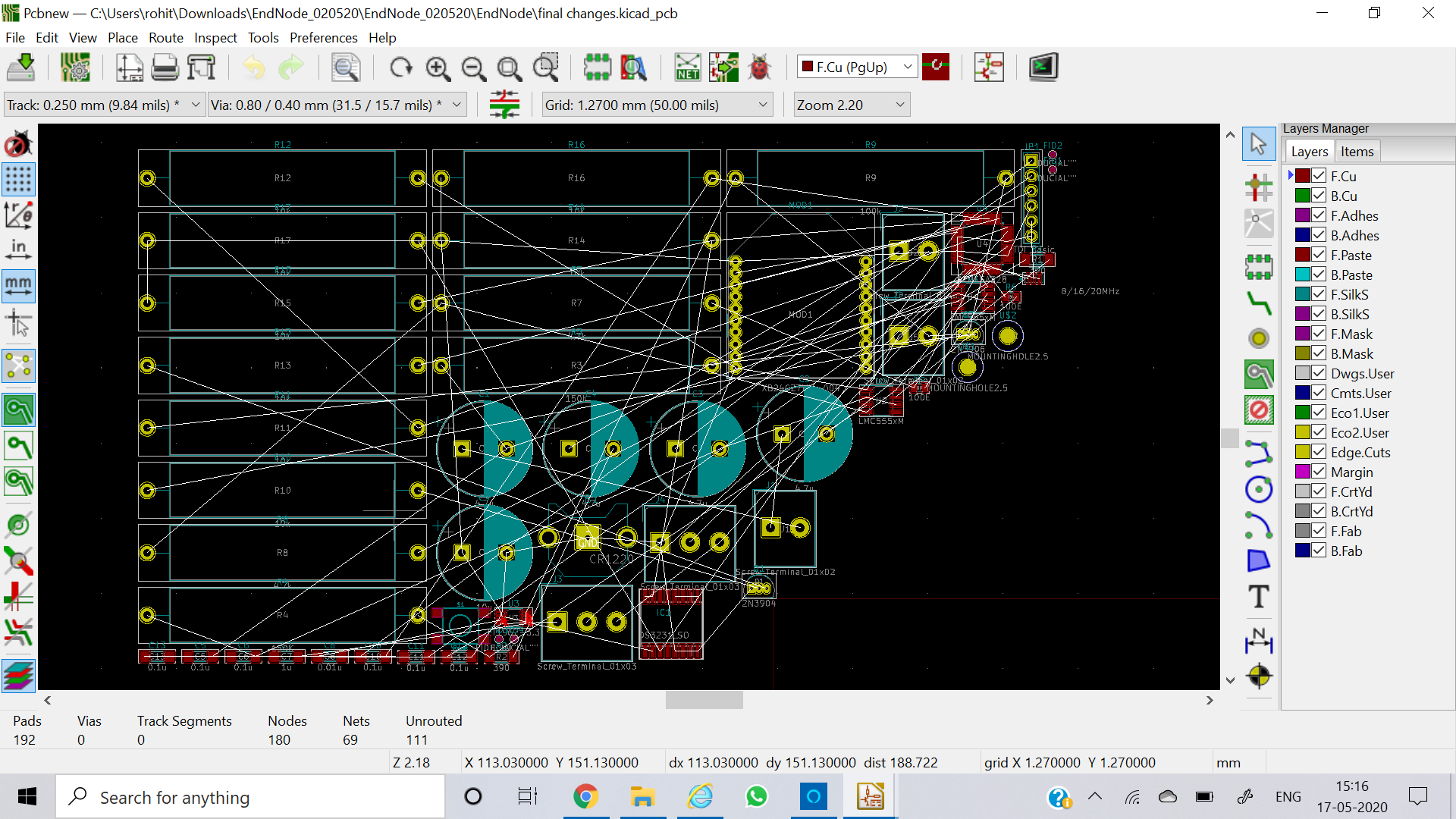
It will almost instantaneously check the log and show you the results. Once opened, the Log Checker window will accept log files by dragging and dropping. Restart XLD and verify the plugin by finding “Log Checker” in the XLD menu. If this directory does not exist, create it.
#Xld windows download#
To install, download it here and copy the XLDLogChecker.bundle file to ~/Library/ApplicationSupport/XLD/PlugIns. You can do this using a plugin called LogChecker. Now that you have your audio files and a log, you may want to check the quality of the rip. If you used the configuration above, this has already been saved and you can close the window. Once the extraction is finished, another window will appear with a log file. A new window will appear so that you can follow the extraction’s progress. Depending on your settings, the length/condition of your disc and the speed of your optical drive, this may take some time. Let’r RipĪfter clicking extract and setting the output directory, the ripping process will begin. When any changes are made, be sure to save or overwrite your profiles using the same steps as your first. This is helpful when ripping to MP3 in various qualities V0, V2, 320 CBR, etc. Changing the names of these formats will change the value of %f in your file names. AIFF is included by default, but can be removed after more settings are added. Click options and generate a list of your desired formats and settings for each. You can set this up my choosing Multiple Formats from the “Output format” dropdown on the General tab.

You can also set up a profile that will output converted media in various formats at once. Most will use this feature to set up different output settings like VBR MP3s or WAV files, but you can use it to set up profiles that will rip faster for occasions that don’t require the utmost quality.
#Xld windows free#
Now you are free to change any of your settings from steps 1-6, saving them as a different profile that you can switch to quickly. Use an identifiable description that includes the type of file you are outputting. Do this via the Profile menu in the menu bar. Profiles & Multiple Formatsįirst, you’ll want to save your current settings. This adds information to your logs that may help identify the edition of your disc. Lastly, check the “Scan ReplayGain” checkbox. I always test before copy, but you can save time and drive rotations by skipping this when the track exists in the AccurateRip database. This will double the time it takes for your rips to take place, but will ensure the best copy. This essentially tells XLD to read each track twice, double checking them for inconsistencies and saving the best possible rip. You will also want to verify suspicious sectors. These are records account for the quality of your rip. This will check a database of existing rips to ensure that yours is accurate.Īlways save both the log file and cue sheet. You can verify that your current drive is recognized by XLD via the downward facing chevron to the right of your read sample offset value. Do not change these, but do restart XLD if you swap out an external disc drive. Your sample read settings should be set by XLD automatically. You can change this via the first dropdown in the panel. If you want to obtain an exact replica of the files on disc, make sure that these are set precisely to the image above. In terms of the quality and documentation of the media being ripped, this is the most important configuration panel of them all.

If it does not, you can access this by navigating to the XLD dropdown in your menu bar and clicking “Preferences” or using the ⌘, shortcut. When opening XLD for the first time, the application will automatically open to the general preferences pane. Once you’ve installed XLD on your system, continue on to the configuration steps below Step 1. You can begin the setup process by downloading XLD from the developer ( mirror 1, mirror 2).
#Xld windows mac os x#
X Lossless Decoder (henceforth referred to as XLD) is a tool for MacOS that is able to decode/convert/play various 'lossless' audio files. It works on Mac OS X 10.4 and later.

Hydrogenaudio has a guide for configuring that software. If you want to rip audio using a PC, I would recommend Exact Audio Copy (EAC). It also assumes you are using MacOS as your operating system. My preference is FLAC, which will be used as the primary example here. This guide assumes that you intend to rip audio to lossless formats with checks and logs.
#Xld windows software#
The following is a tutorial on CD ripping using the software and preferences used in my archiving workflow.


 0 kommentar(er)
0 kommentar(er)
